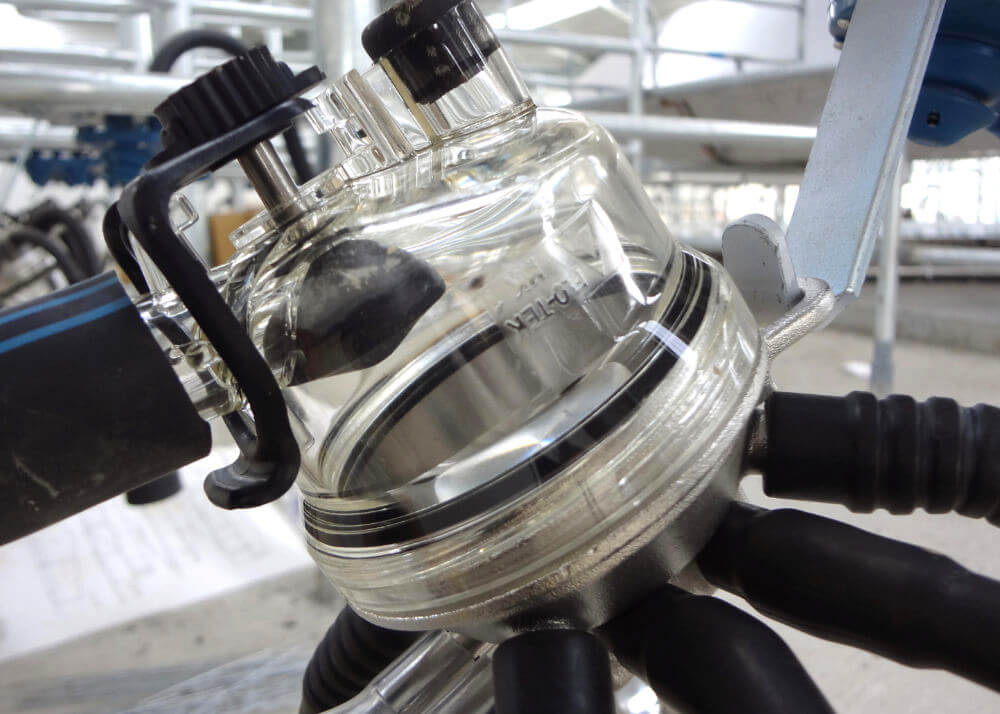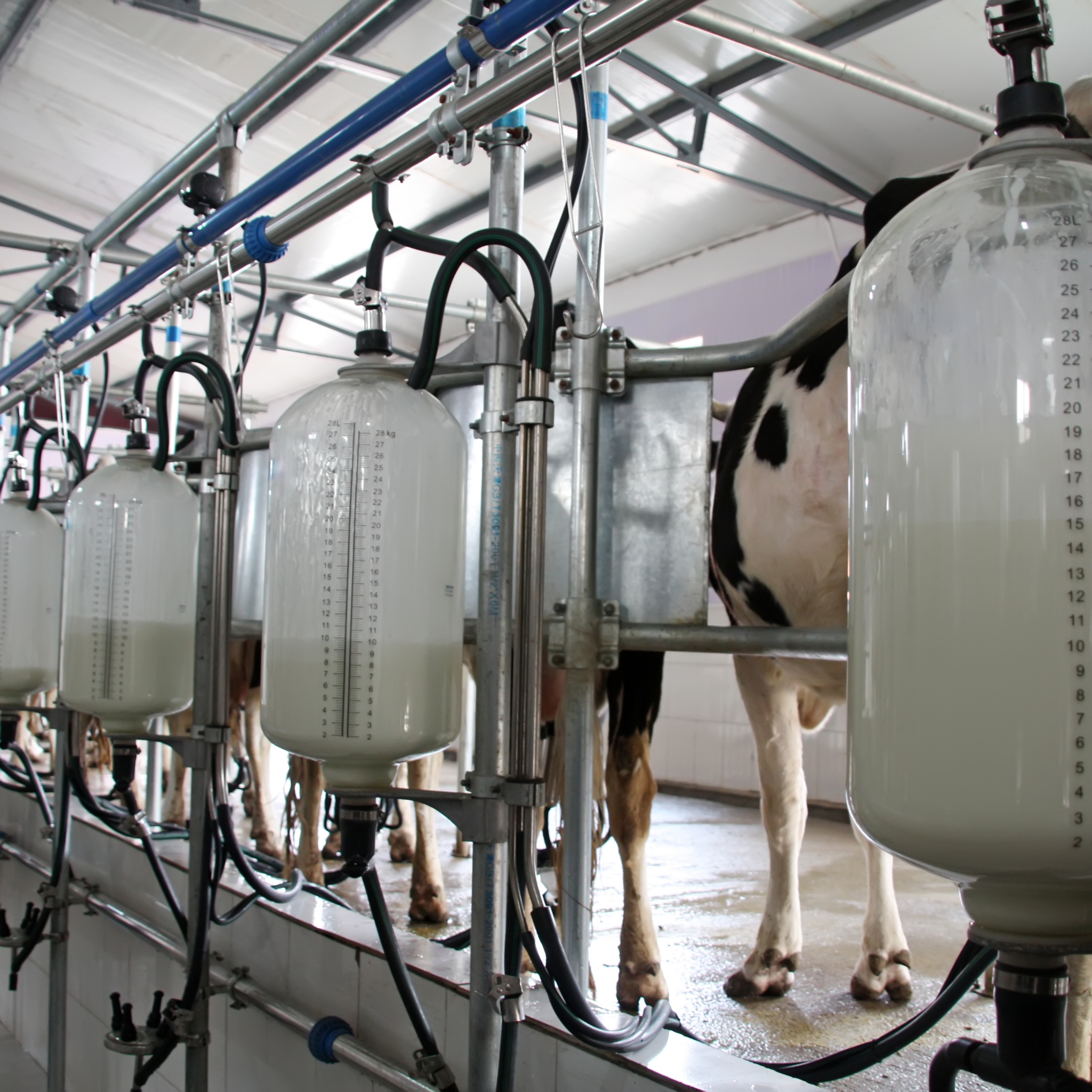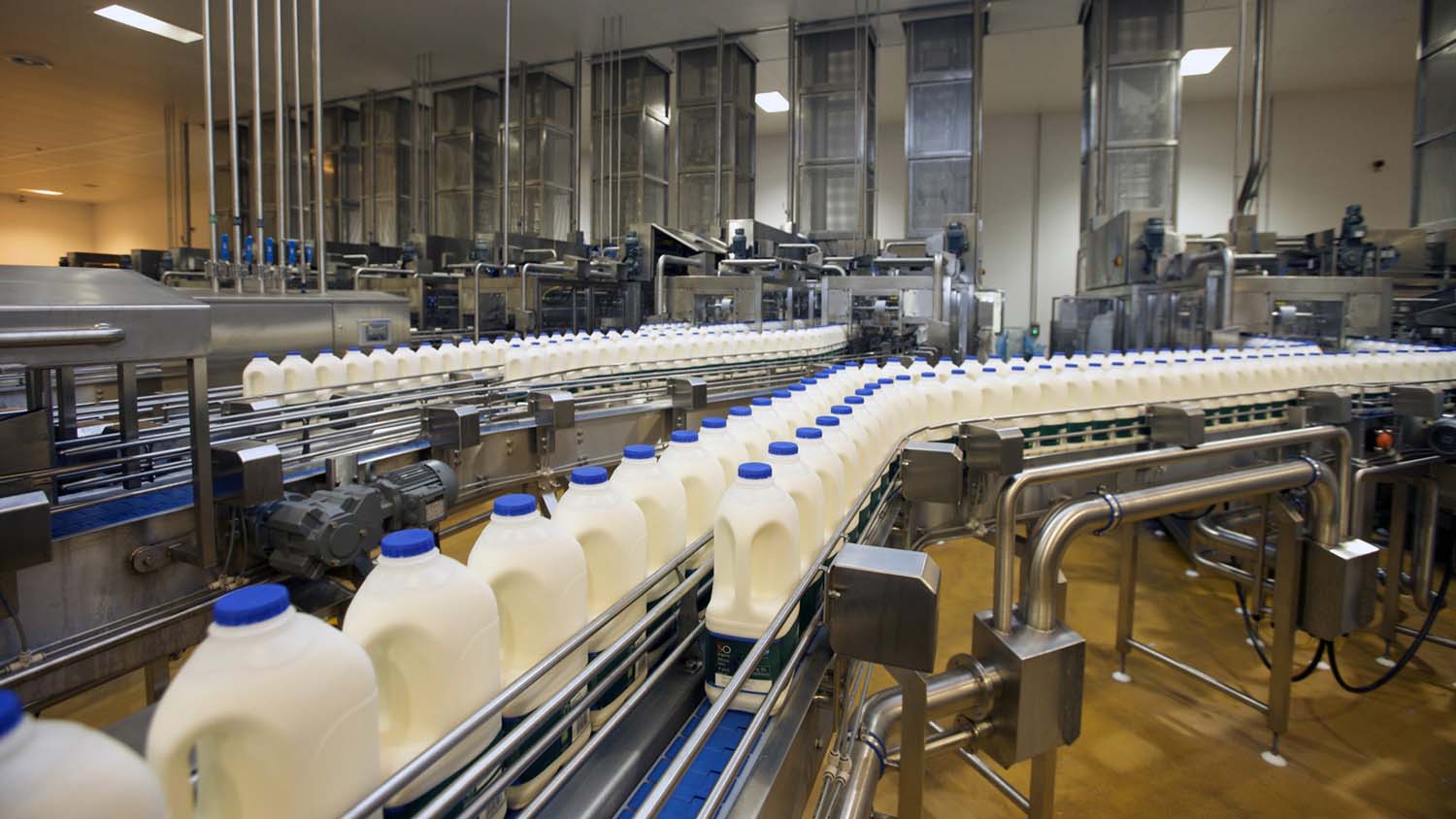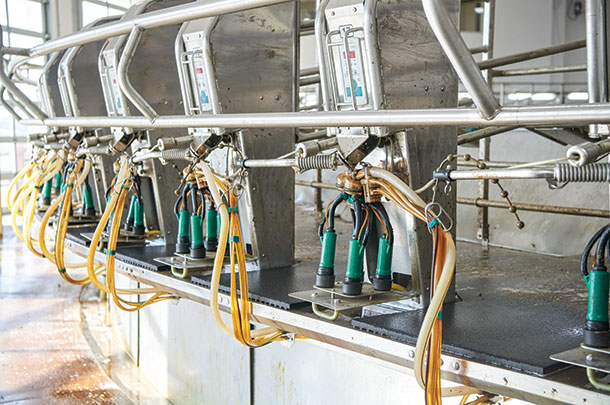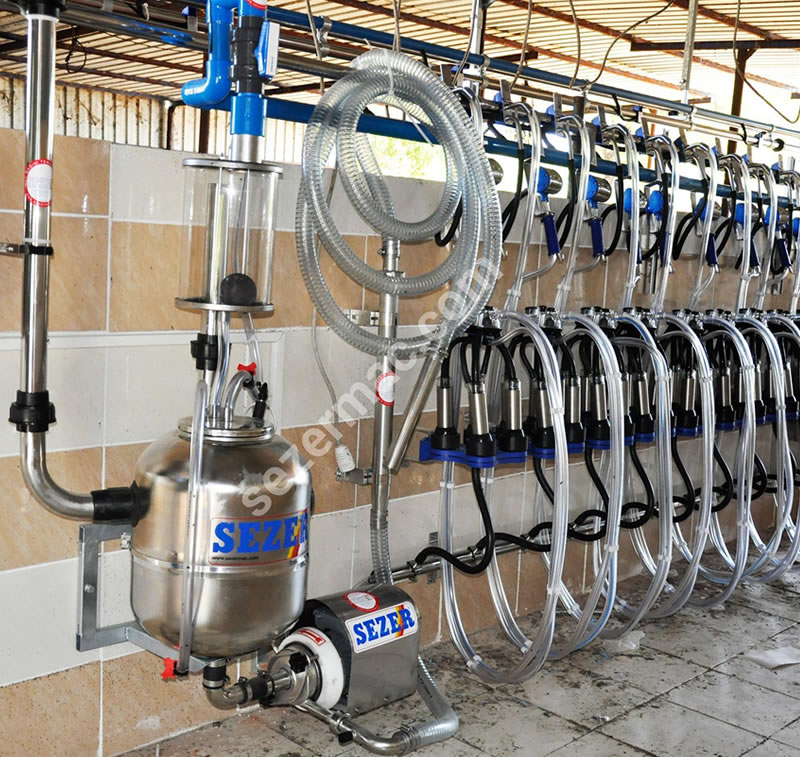rhythmvortex
Member
- Joined
- Dec 28, 2019
- Messages
- 19
Hormone Disrupting Chemicals (HDC's) have been released through out our food supply, water and environment for 50 years, decreasing fertility by 50% in one generation. They mention in this video, unless the cow is milked by hand, milk is a source of these HDC's ! I wonder if ingesting store bought milk is causing us more problems than it solves?
View: https://www.youtube.com/watch?v=Uo-kSxHNSDQ
View: https://www.youtube.com/watch?v=Uo-kSxHNSDQ


